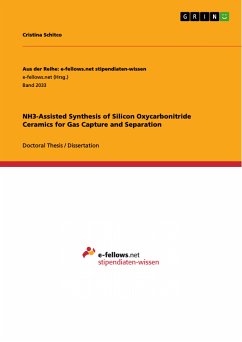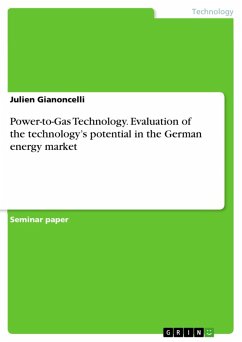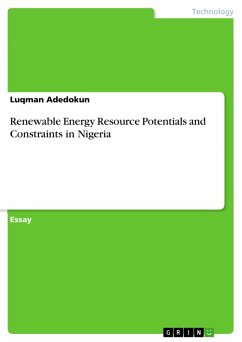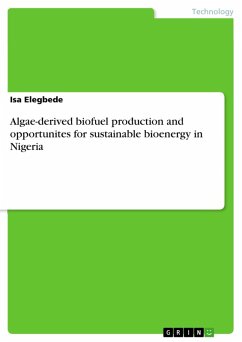Doctoral Thesis / Dissertation from the year 2015 in the subject Energy Sciences, grade: 1, Technical University of Darmstadt, course: Materialwissenschaften, language: English, abstract: Our society depends overwhelmingly on carbon based resources (coal, natural gas and oil). The use of carbon based resources to meet the current energy needs of our society is associated with two critical drawbacks, that are: i) carbon based resources are not renewable and ii) burning hydrocarbons and venting the waste gases into atmosphere, e.g., carbon dioxide (CO2), leads to worsening of the greenhouse effect. As a response to these issues, the strategy of so-called "green carbon" has been proposed. This strategy consist of obtaining energies that foresees a gradual transition from carbon based resources to hydrogen based fuel, i.e., "hydrogen economy", while simultaneously increasing the role of renewable energies. Carbon based resources would ultimately be used for synthesis of high-value chemicals and hydrogen (H2) generation. This strategy is possible to become a reality only if innovations in materials, chemistry, catalysis, and other engineering related fields are to occur. From a materials science perspective, extensive research is currently underway to develop materials able to store H2, to capture CO2, or to separate H2 from byproducts such as CO2, CO, or N2. This work aims to explore the opportunities, as well as the associated limitations of the use of silicon oxycarbonitride ceramics derived from preceramic polymers by NH3-assisted route for the above-mentioned applications, such as H2 gas separation membranes, and H2 or CO2 capture or storage materials in form of powders. A simple and general synthesis method to tune the chemical composition and pore size, as well as the surface area of oxycarbonitride ceramics has been developed. This method is based on modifying the structure of preceramic polymers through chemical reactions with NH3 at 300 - 800 oC, followed by a thermolysis under an Ar atmosphere at 750 oC. Under these synthesis conditions a polysiloxane and a polysilazane transform to microporous ceramics, while materials derived from a polycarbosilane remain nonporous, as revealed by N2 and CO2 adsorption isotherms. Small angle X-ray scattering (SAXS) characterization indicates that samples prepared from the polycarbosilane possess latent pores (pore size < 0.35 nm) which are not accessible in the gas adsorption experiments. [...]
Dieser Download kann aus rechtlichen Gründen nur mit Rechnungsadresse in A, B, BG, CY, CZ, D, DK, EW, E, FIN, F, GR, HR, H, IRL, I, LT, L, LR, M, NL, PL, P, R, S, SLO, SK ausgeliefert werden.









